Think green: Travel to Costa Rica!
Think green: Travel to Costa Rica! Discover exotic animals and enormous Natural Reserves
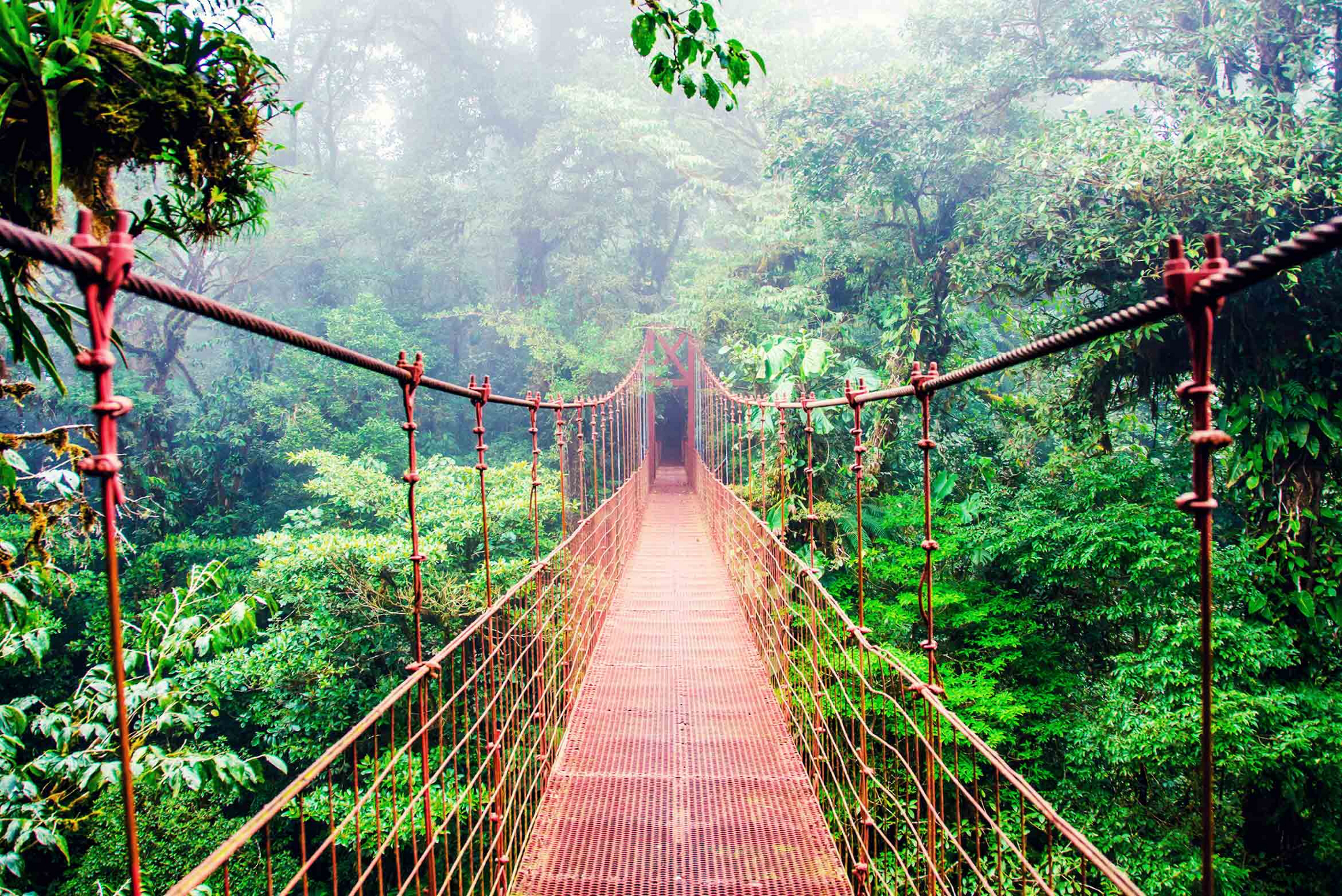
25% of Costa Rica’s territory consists of Natural Reserves and National Parks. In this country, bordered by the Caribbean Sea to the east and the Pacific Ocean to the west, there are up to 34 protected areas due to the unique plant and animal species that inhabit them: it is an ode to nature for travelers looking for a wilderness experience in the Caribbean Region.
From a bird’s eye view, Costa Rica is a jungle of intense green dotted with volcanoes and rushing waters. These and many others reasons have turned it into a benchmark for ecotourism in Central America. Places such as the Manuel Antonio National Park or the Cerro Chirripó (the highest mountain in the country) are home to some of the most picturesque animal species in the Americas.
REASONS TO TRAVEL TO COSTA RICA
If you want to discover the authentic Costa Rica, these are some of the 500,000 wild animals that will accompany you in your Caribbean experience:
Sloth
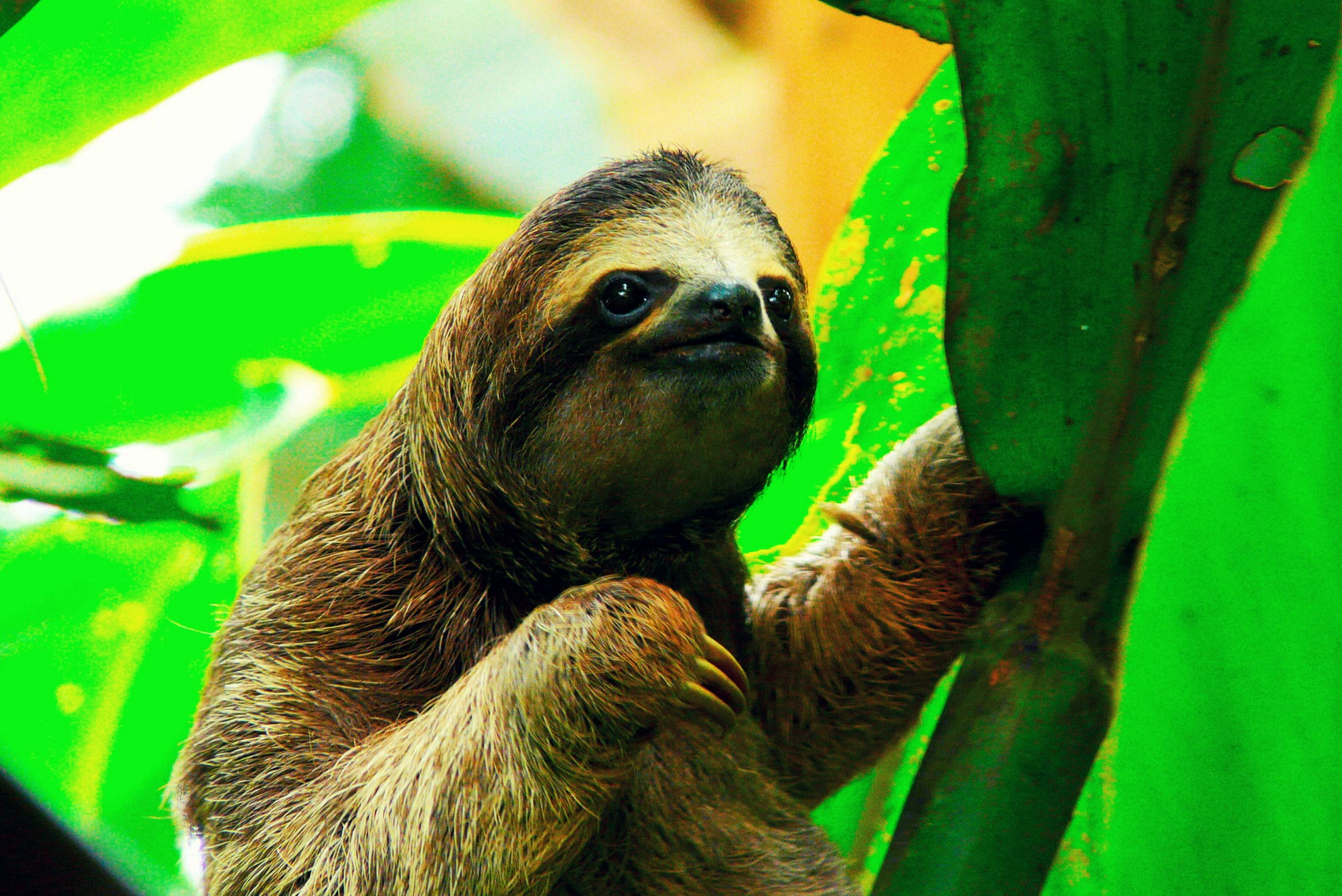
It is very common to find this endearing mammal sleeping in one of the enormous trees of Yos in the Costa Rican natural parks. They get their name because of the slowness of their movements and their favorite posture: lying on a tree. While there are more than 50 varieties, the most common are divided into two large families: those with two fingers and those with three fingers. It is almost a sacred animal in this country, and there is even a research center dedicated exclusively to this species.
Jaguar
It is the third largest feline in the world and the only species of the genus Panthera in the rainforests of America. Due to poaching and deforestation, it is one of the most endangered animals on the continent. In Costa Rica there is the Jaguar Rescue Center, in Puerto Viejo de Limón, where they rehabilitate specimens and later release them again in their habitat.
Coati
Also known as pizotes, they are distributed throughout Costa Rica, especially in areas such as Santa Rosa and Guanacaste. They are characterized by having short limbs, an elongated snout (they have an excellent sense of smell, by the way), large eyes and short ears. Their hair varies in color, from reddish to chestnut. They are omnivorous animals and, although they can climb trees, it is common to see them at ground level. Their main predator is the boa. They are usually very social and live in packs of five to twenty individuals, although sometimes you can see communities of up to 150 in the vicinity of the volcano of Rincon de la Vieja.
Green turtle
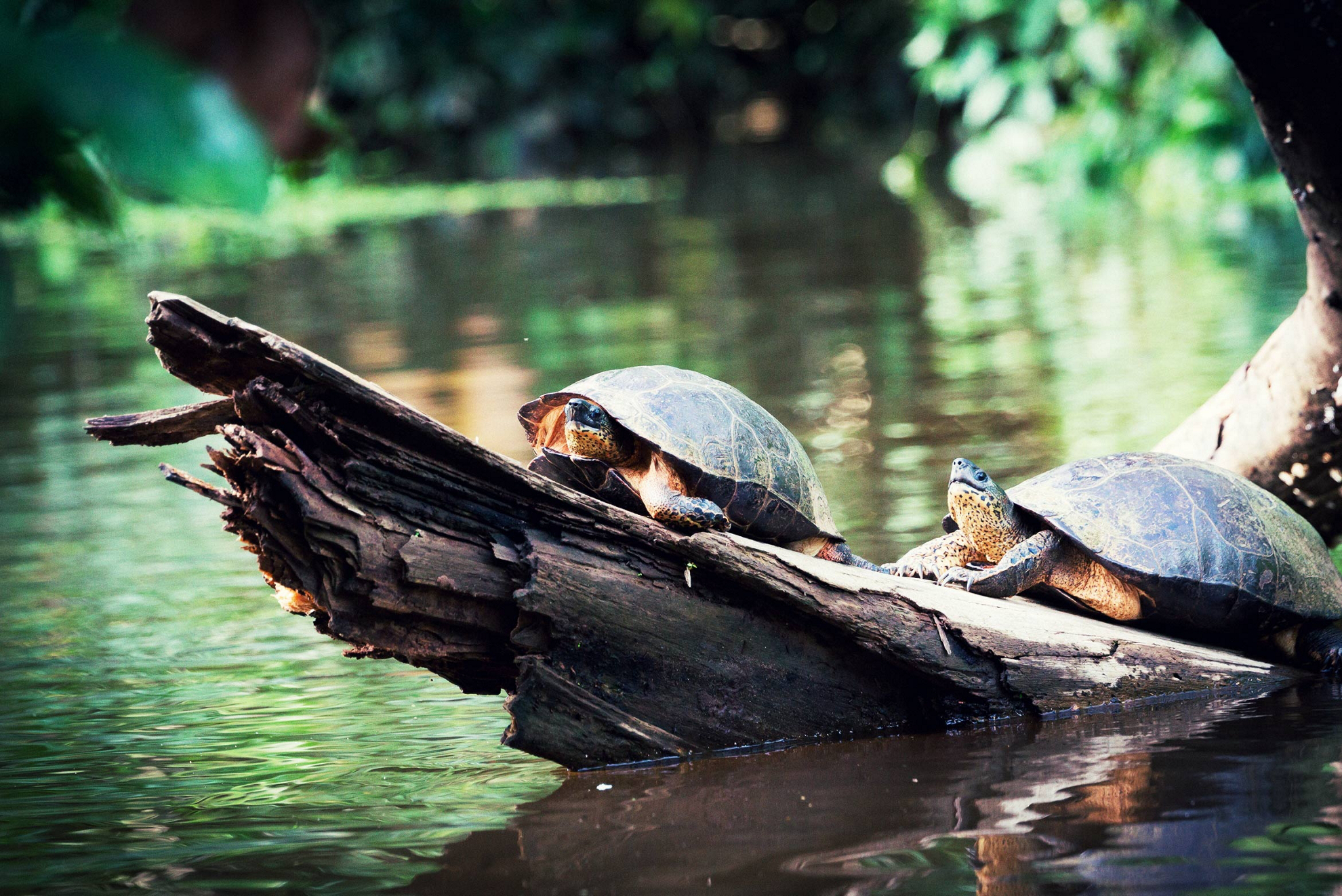
To the northeast of Costa Rica takes place one of the most impressive shows of Nature. The Tortuguero National Park has the world’s largest reserve of green turtles, at risk of extinction. This is one of the few places where you can witness the nesting of this species, among lagoons and waterways, during the period between March 1st and October 31st.
Popularized in cartoon films, an adult specimen can reach up to 300 kg and can travel more than 2,000 km to spawn. Their sense of orientation is so prodigious that normally mature turtles will return to the same place where they were born to die.
Red frog
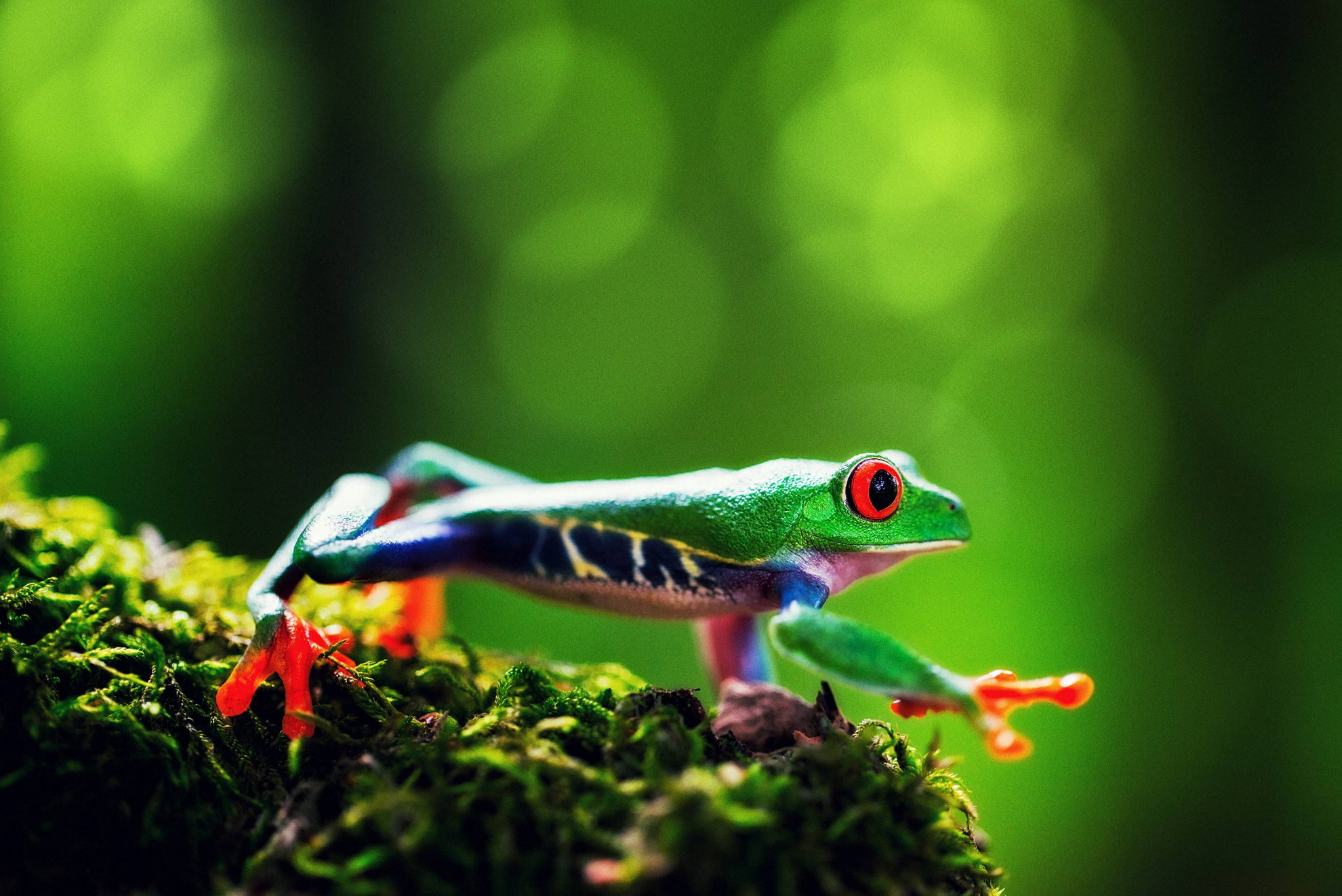
Very small and with an intense vermilion tone and dark spots, so is the red frog, one of the most dangerous species in Costa Rica, so poisonous that they even kill each other to mark their territory. They can be found mainly in low and very humid areas. Some of the parks and reserves where you can spot it are the Arenal Volcano, the Tortuguero National Park and La Selva Biological Station.
Oncilla
This mammal has its natural habitat from Costa Rica (they are more common in the coast of the Pacific) to the north of Argentina. With the size of a domestic cat, brown hair and grayish back with dark spots, it may look like a small leopard. They feed mainly on rodents and small birds, and their eyes are yellowish, which helps them see better in the dark of the jungle.
If you want to do the same and not miss anything, Barceló has six well-located hotels in Costa Rica, the perfect spots to practice ecotourism in a different way. Think green. Travel to Costa Rica.


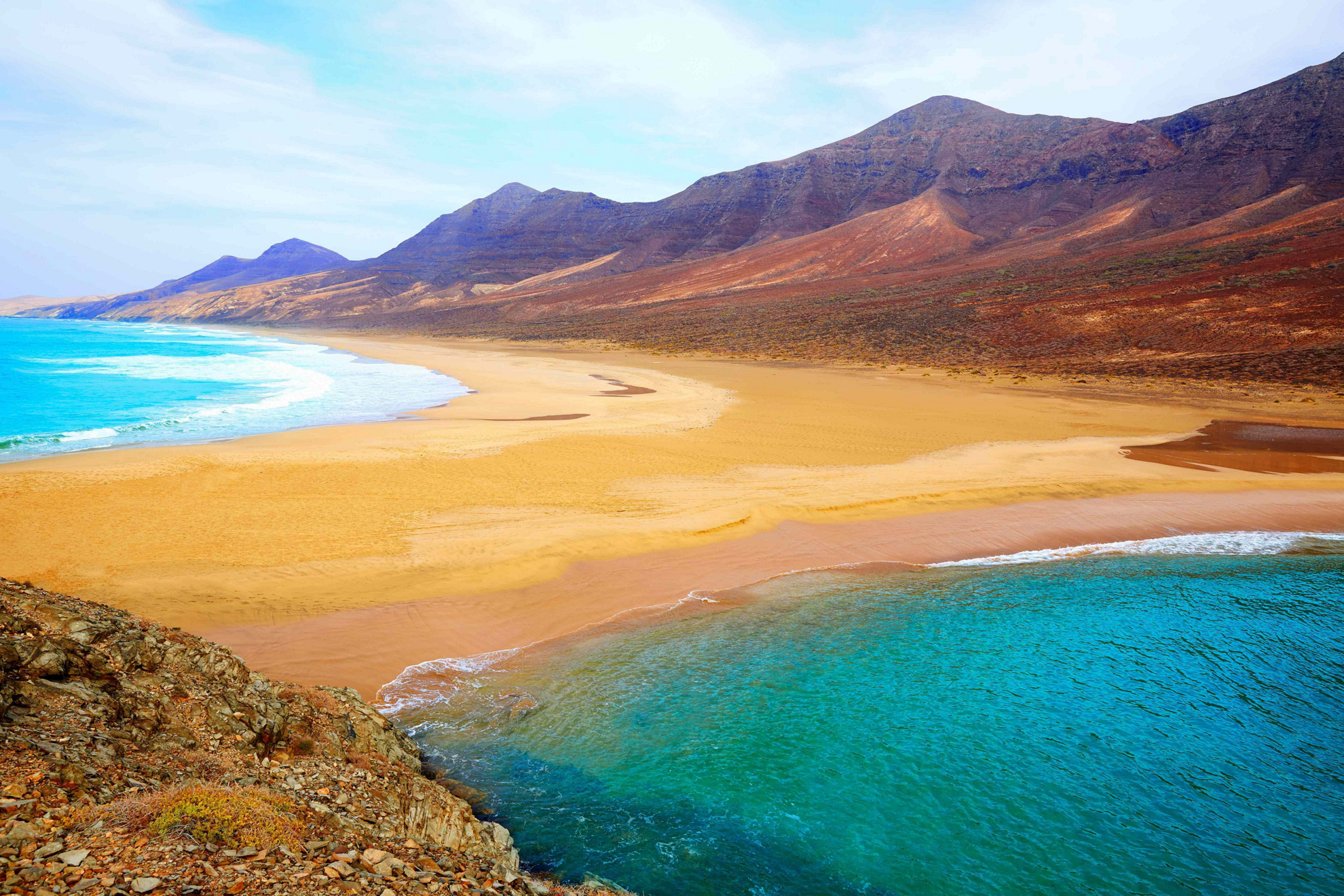



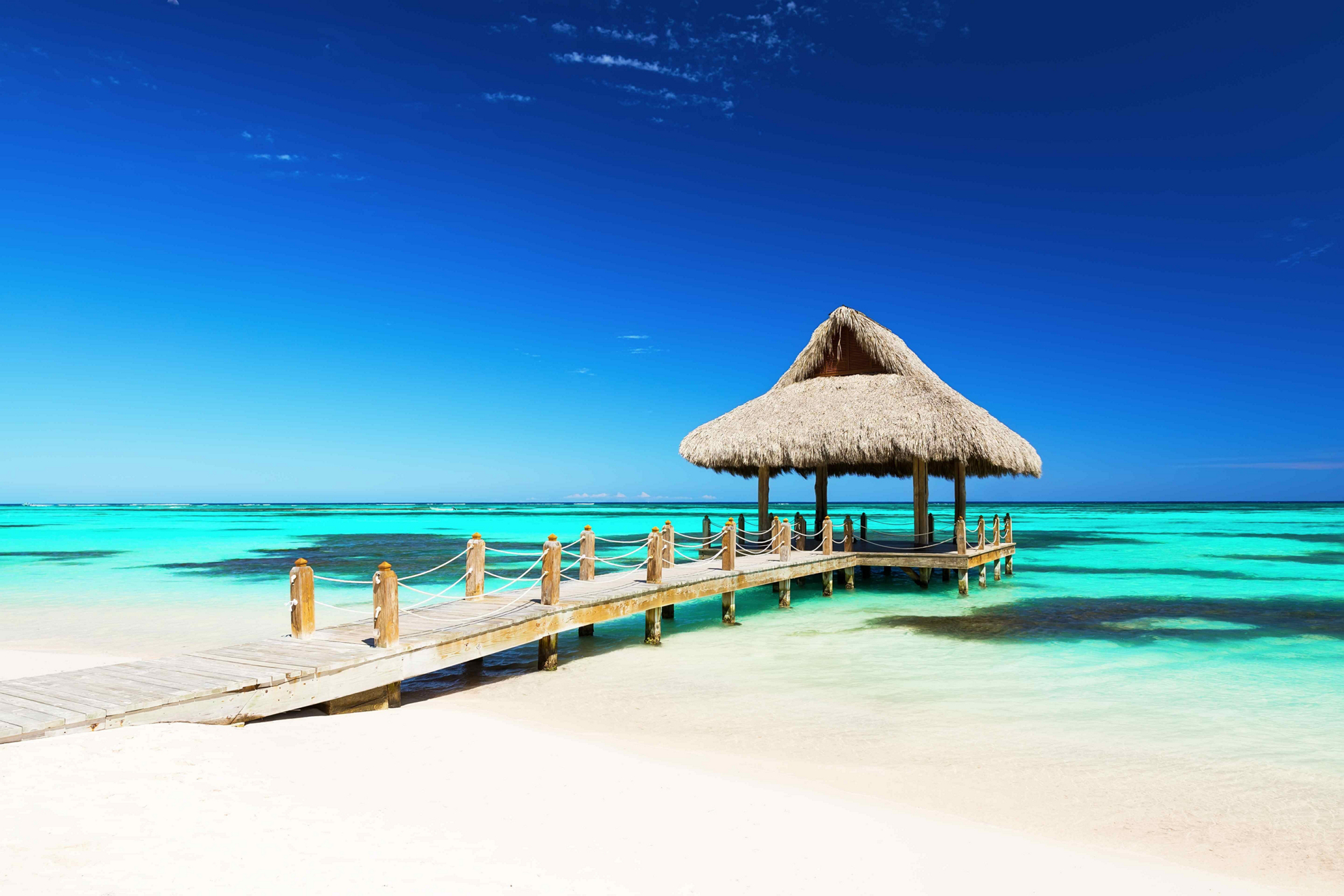

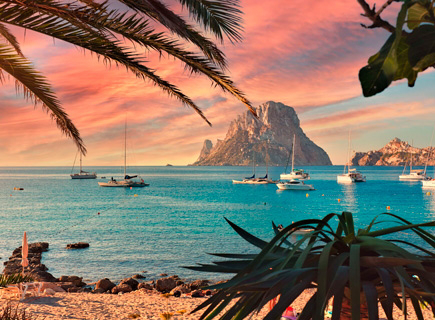
_435x320?&)

